Timber has always had a significant role to play in environmentally sensitive construction; Now, two different timber technologies have revolutionised timber’s use for structural applications.

View of MultiPly from the roof of the V&A. Photo credit: Ed Reeve.
February 28th, 2023
Timber is unmatched in construction when it comes to environmental benefits. Both in growth and in use, timber is a low-impact material which can be reliably and sustainably sourced from around the world. Wood is a carbon sink, meaning that more carbon is absorbed from the atmosphere during its growth than is released.
American hardwoods are widely known for their variety, distinctive grain patterns and aesthetic qualities. This, combined with both an evolving need for sustainable construction approaches and advances in timber technology, has seen American hardwoods become increasingly specified for structural applications. Hardwood CLT and glulam are two technological developments that are fuelling this interest.
Cross-Laminated Timber
Cross-Laminated Timber (CLT), is becoming an increasingly popular method of timber construction which has transformed the structural use of timber. It has an outstanding capacity for prefabrication, has remarkable structural benefits due to its strength, and is an environmentally-friendly material with the timber panels acting as long-term carbon stores.
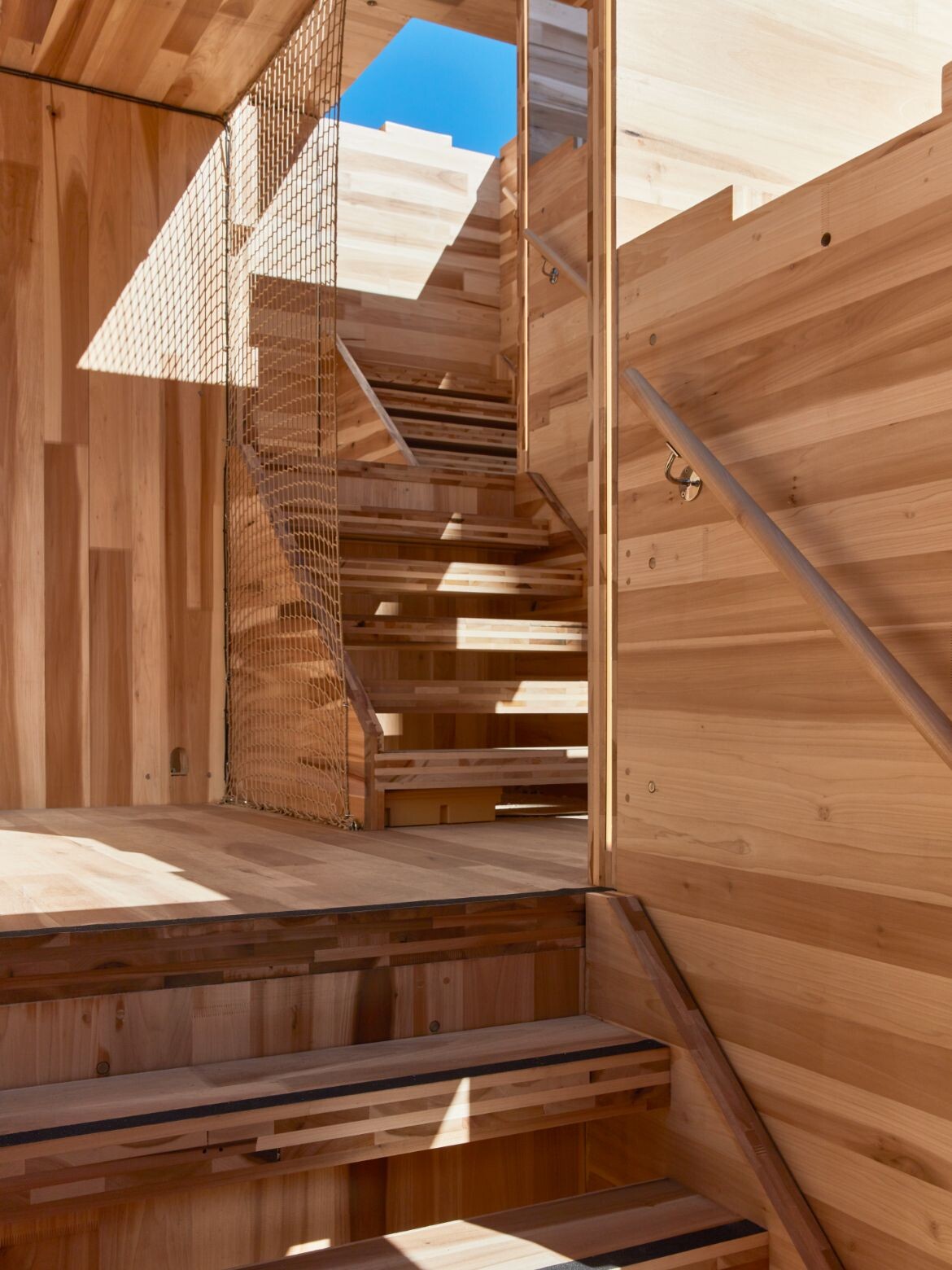
Previously the domain of softwood species, hardwood CLT is broadening horizons, allowing more experimental, innovative building designs to take shape. For over a decade, AHEC – in conjunction with engineering consultants ARUP – have pioneered research into the use of American tulipwood in CLT. An exceptional strength to weight ratio means that relatively thin panels of CLT have a higher strength and stiffness when compared with softwood. They also provide architects with a more appealing visual impact.
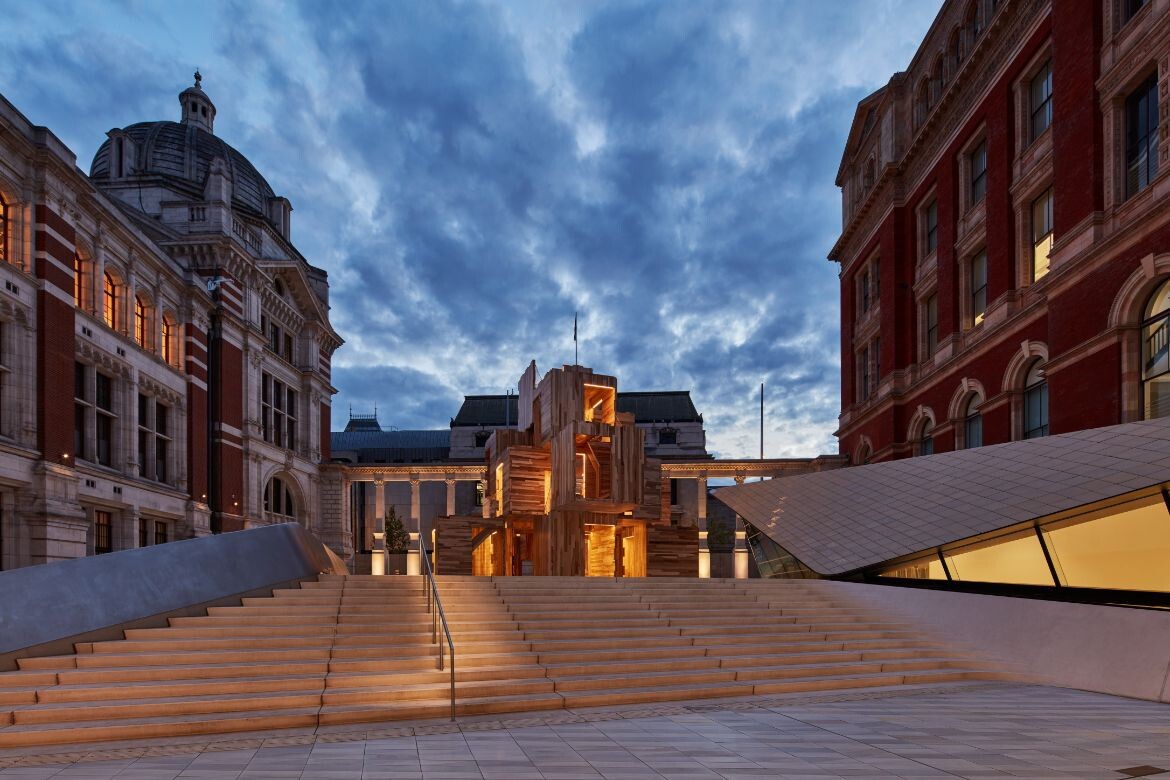
Multiply – a collaboration between AHEC, Waugh Thistleton Architects, SEAM and Arup – provides the perfect example of how hardwood CLT enables architects to break boundaries using sustainable American tulipwood and innovative construction methods.

Glued Laminated Timber
Glued laminated timber (glulam) has been in-use around the world since the 1890s. As the demand for sustainability becomes more urgent, glulam finds itself at the forefront of the world’s leading construction materials. It is created using layers of laminated timber which have been planed and glued together under pressure and heat.
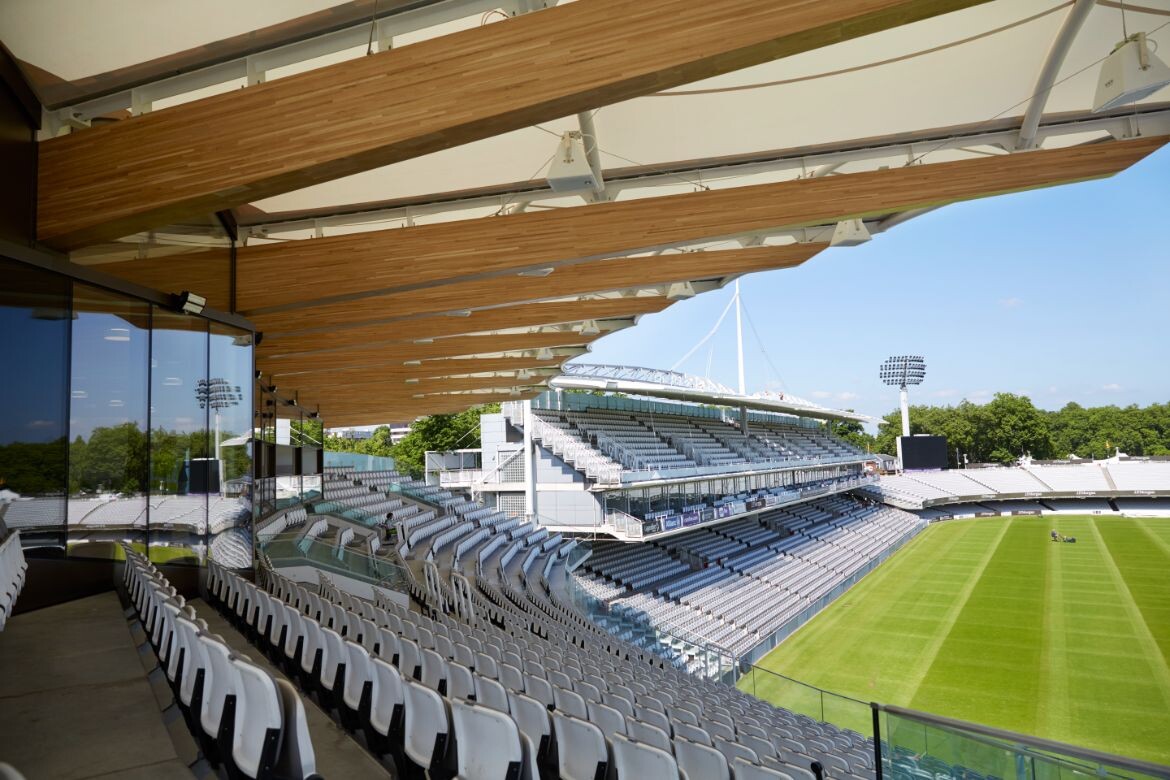
The process of laminating allows for small pieces of timber to be finger jointed and glued together under pressure, creating much longer beams with the strength to support heavier loads than concrete and steel. Hardwood glulam can be twice the strength of softwood beams and, therefore, is ideal for projects which require greater structural integrity. In addition, hardwood glulam cross sectional dimension beams can be much smaller than softwood – yet they achieve the same strength.
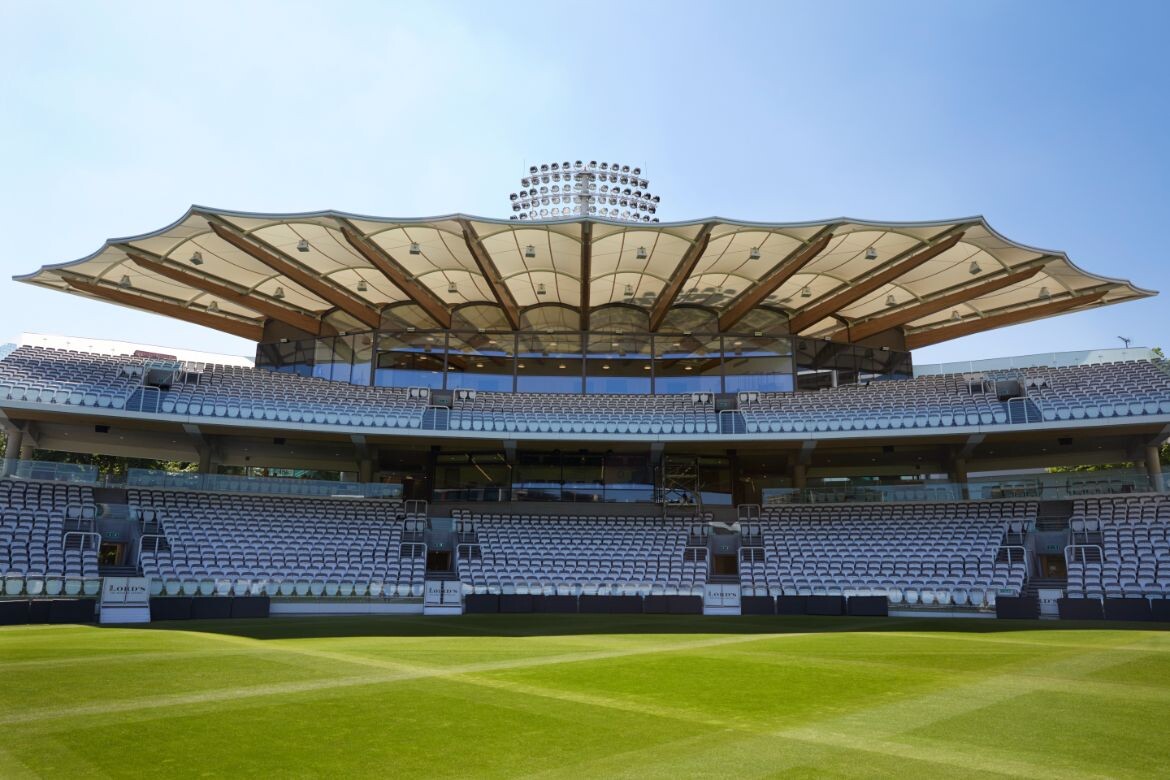
The Warner Stand at the world-renowned Lord’s Cricket Ground in London features 11 cantilevered glued laminated American white oak beams, a breathtaking design choice which includes the longest hardwood glulam beams ever to be manufactured in Europe at a staggering 23.4 metres in length.
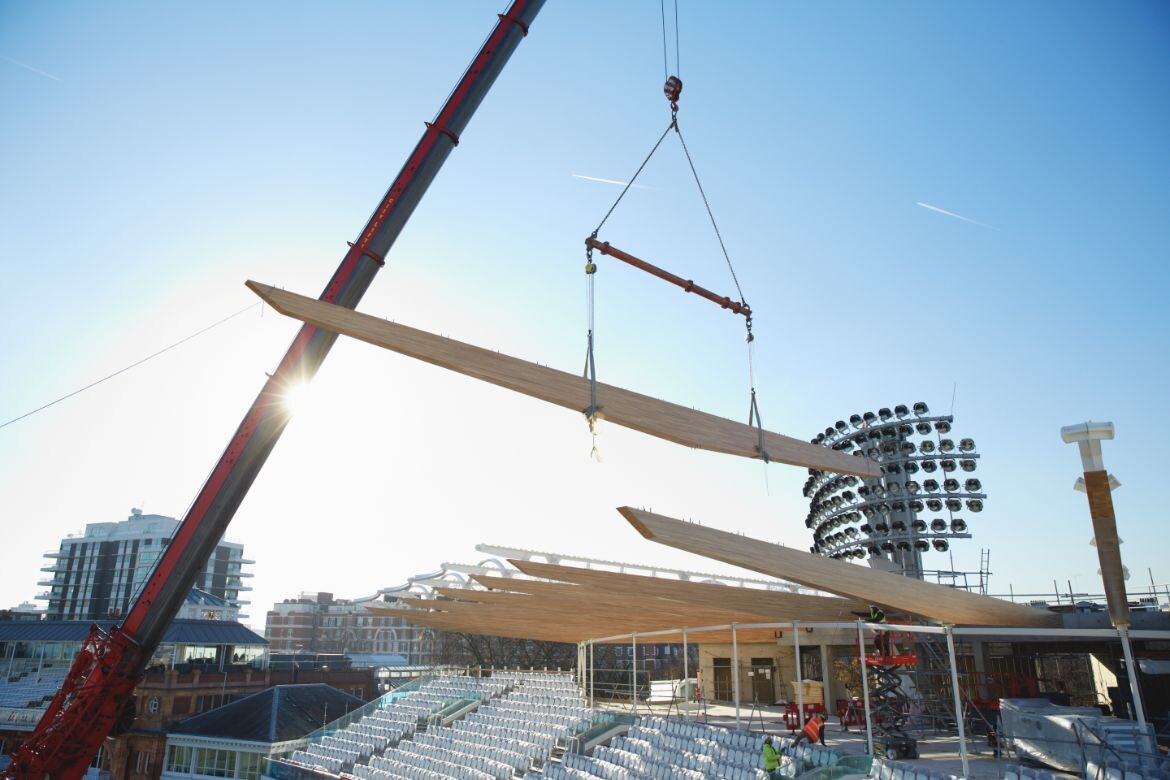
For more information on innovation in the world of timber technology, visit the AHEC website here.
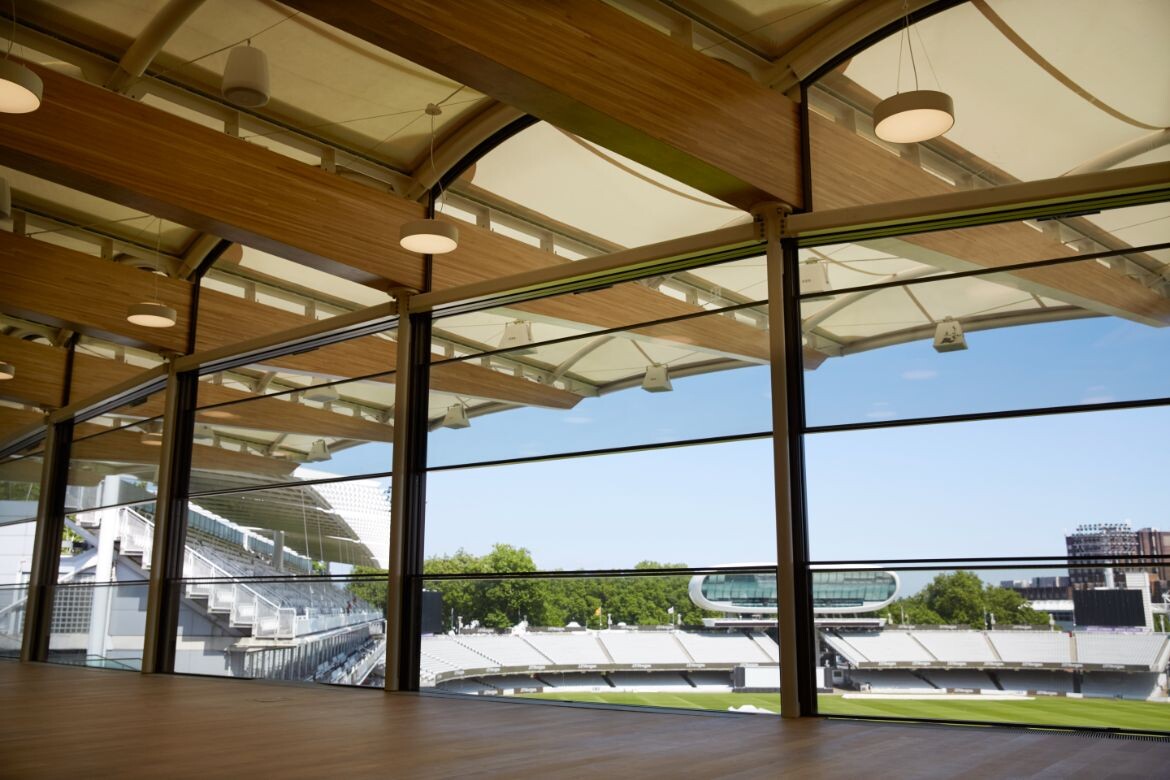

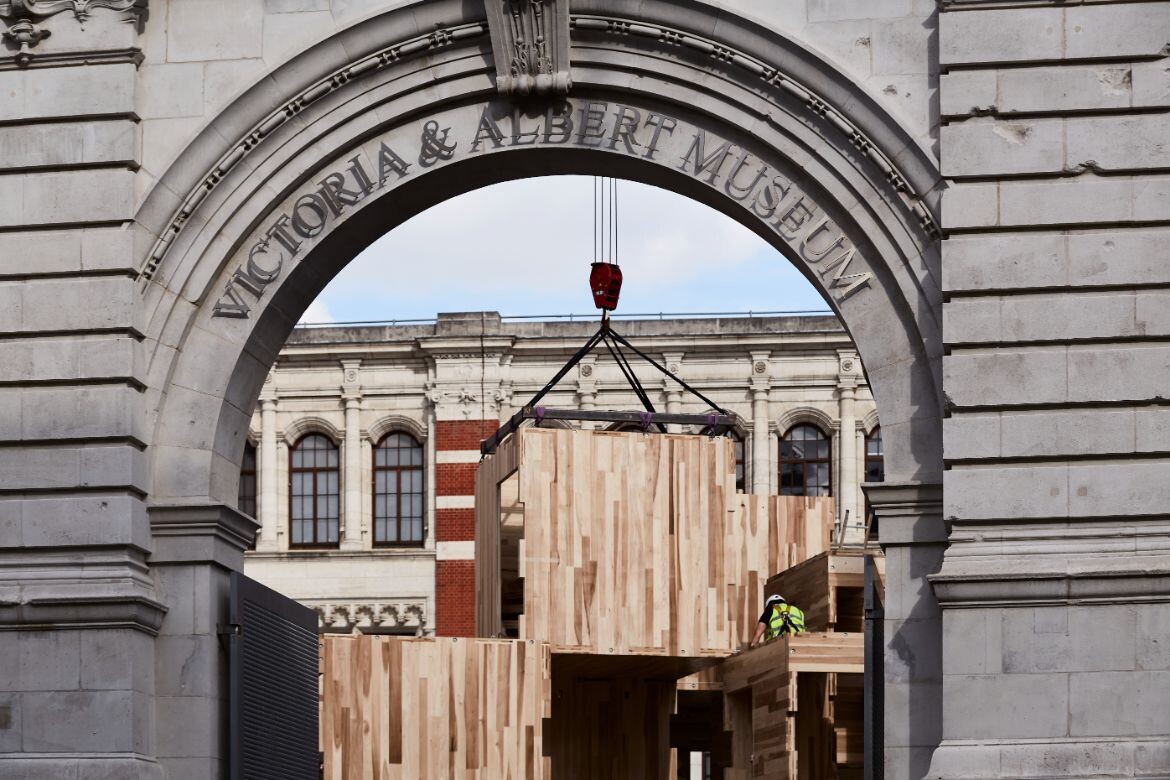

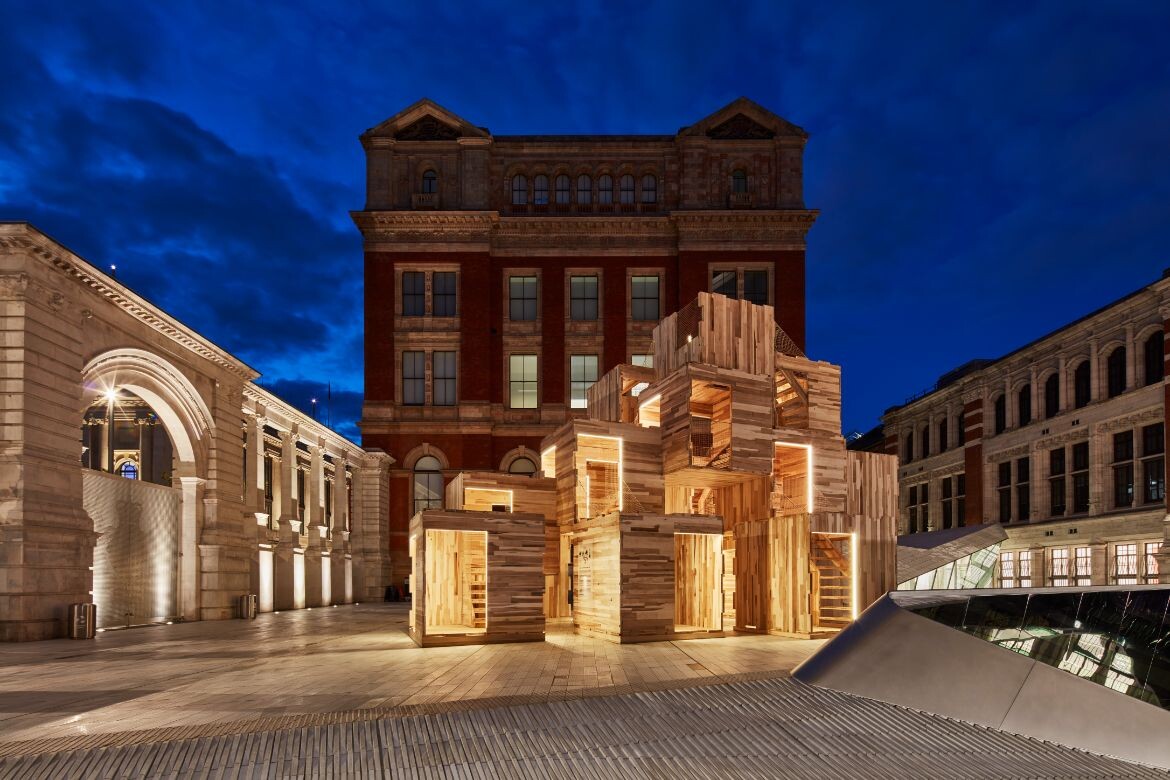
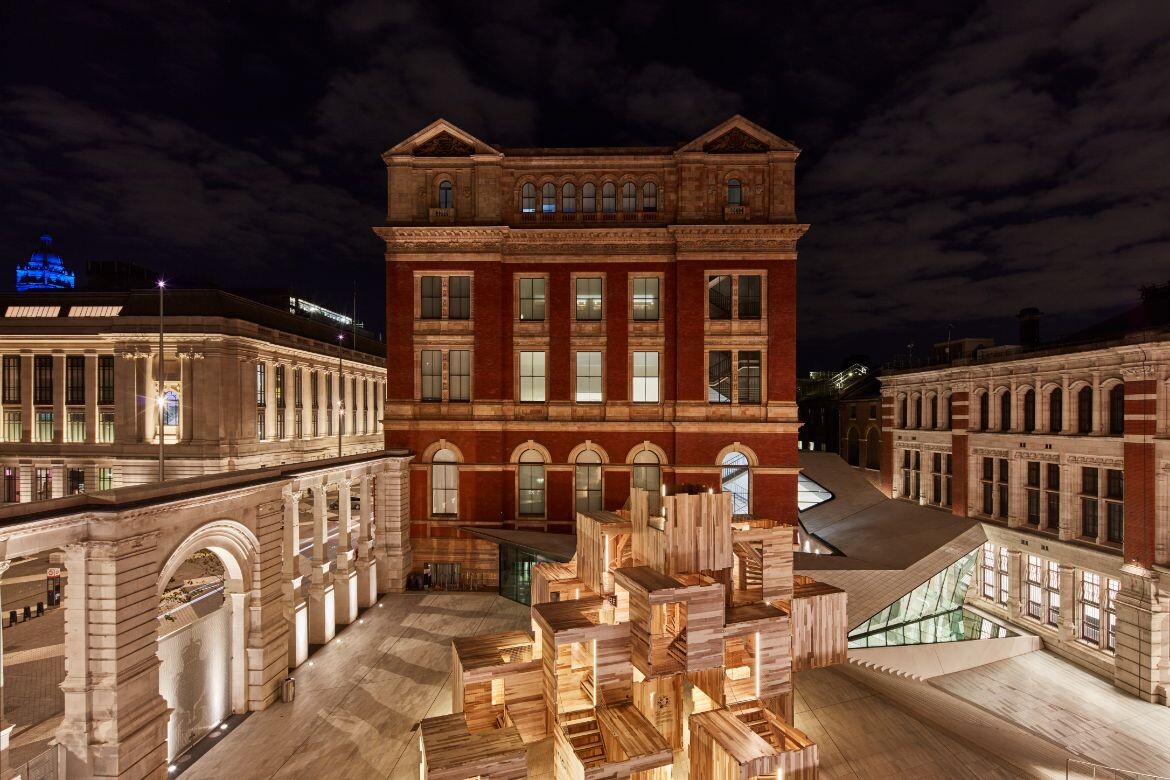
INDESIGN is on instagram
Follow @indesignlive
A searchable and comprehensive guide for specifying leading products and their suppliers
Keep up to date with the latest and greatest from our industry BFF's!

The Sub-Zero and Wolf Kitchen Design Contest is officially open. And the long-running competition offers Australian architects, designers and builders the chance to gain global recognition for the most technically resolved, performance-led kitchen projects.

How can design empower the individual in a workplace transforming from a place to an activity? Here, Design Director Joel Sampson reveals how prioritising human needs – including agency, privacy, pause and connection – and leveraging responsive spatial solutions like the Herman Miller Bay Work Pod is key to crafting engaging and radically inclusive hybrid environments.

XTRA celebrates the distinctive and unexpected work of Magis in their Singapore showroom.

Gaggenau’s understated appliance fuses a carefully calibrated aesthetic of deliberate subtraction with an intuitive dynamism of culinary fluidity, unveiling a delightfully unrestricted spectrum of high-performing creativity.

The 2025 INDE.Awards Shortlist showcases the very best architecture and design in our Indo-Pacific region.

Designer and maker, Josh Carmody, is creating heritage through craft with the Lost Profit Workshop.
The internet never sleeps! Here's the stuff you might have missed

We spoke to the internationally renowned Moroccan designer on the eve of his visit to Australia as guest of honour for Design & Build Week 2025.

In an era where the demands of modern work often clash with the need for restoration, The Commons Health Club in Melbourne sets a new precedent.

In Newcastle’s CBD, Coverite Projects transformed a blank floorplate into a workplace with soul, using Milliken flooring to balance industrial grit with residential warmth and intuitive wayfinding.

The use of a single colour as the pivotal and defining design strategy, the unconventional application of contemporary colour on heritage projects, and the softening of traditionally ‘hard’ building typologies were observed in the winning projects at the 39th Dulux Colour Awards.